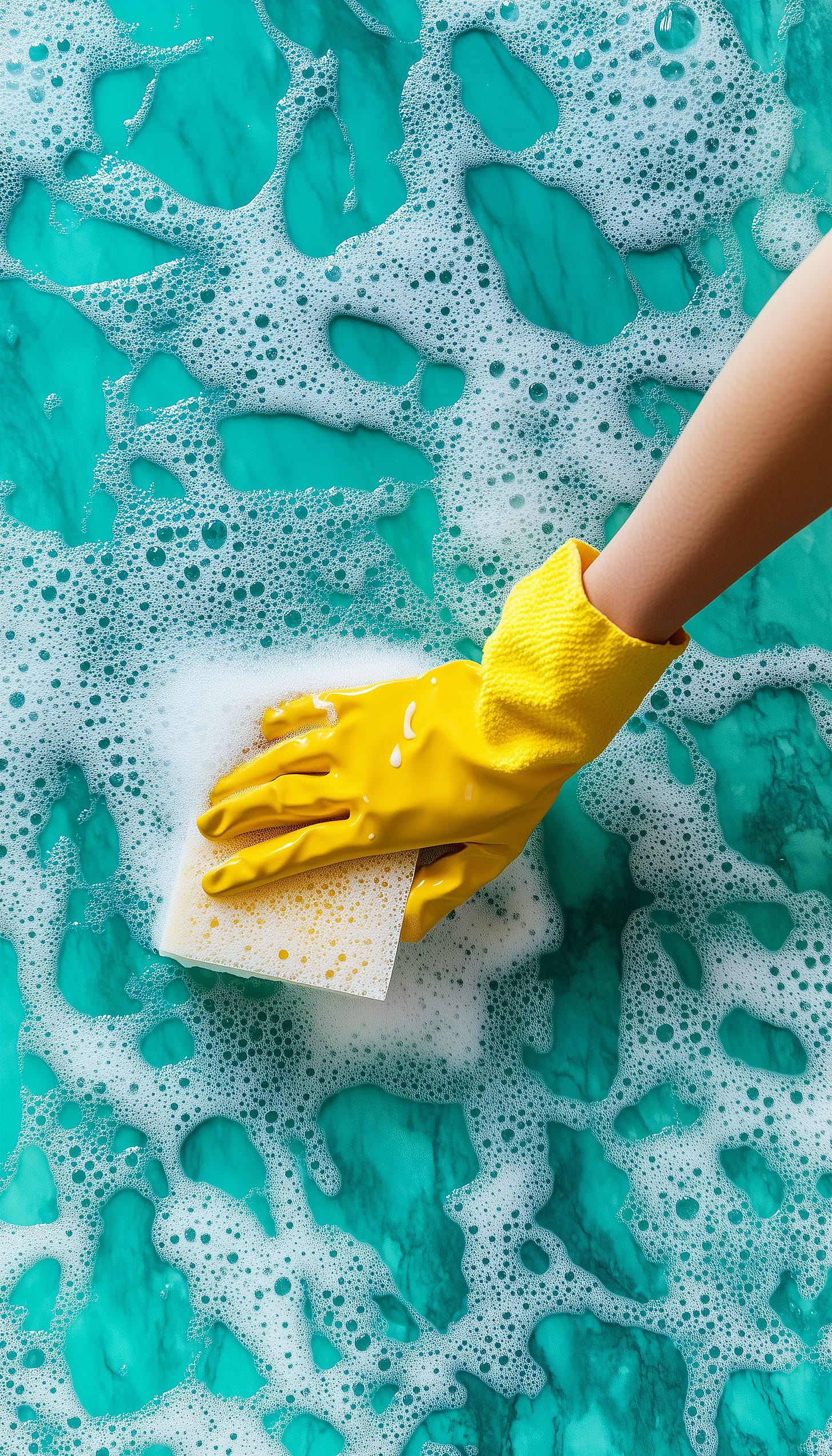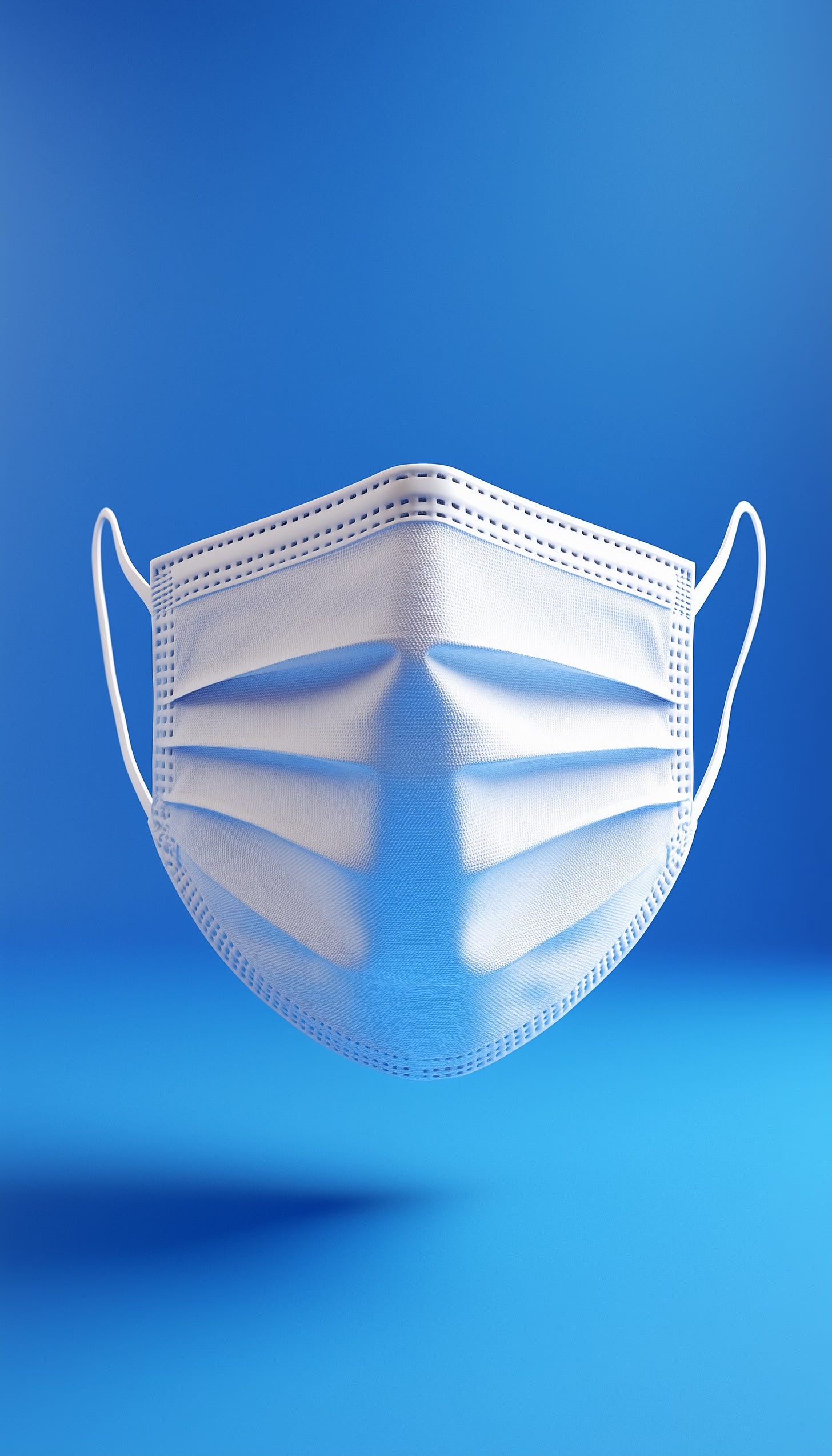Living with children or the elderly can be especially concerning when dealing with contagious illnesses, as both age groups are more vulnerable to infections. Being diagnosed with pneumonia is a stark reminder of the importance of practicing aseptic techniques in our daily lives to protect those we care about. Having recently gone through a viral and bacterial infection, I’ve been especially mindful of how crucial it is to prevent the spread of illness in the home. I was informed that I am contagious for 24 hours after my last fever, and wearing a mask for five days post-fever is recommended. These steps feel like second nature now, considering the collective experience we all went through during the COVID pandemic.
Looking back, it feels like a lifetime ago, but the pandemic sharpened our awareness of hygiene and protection against pathogens. We all faced traumatic challenges: lockdowns, grocery deliveries, sanitizing every surface (including groceries), shortages of hand sanitizer, disinfectant wipes, and even toilet paper. Supply chains were disrupted, and we had to adapt quickly. Mask shortages led to people finding creative ways to protect themselves and others.
During this time, I was in nursing school and co-founded a Facebook group to help alleviate the shortage of masks. Seamstresses connected with people who had spare cotton fabric, which I was fortunate to have in abundance due to my fabric napkin business with my mom. I also had elastic, which became a rare commodity. Together with my nursing school teacher’s connections, we provided homemade masks to hospitals that were running low on personal protective equipment (PPE). Essential workers were some of our main recipients, and we learned a lot about infection prevention through the process.
Now, as I cope with pneumonia, I realize how valuable those lessons have become in everyday life. Proper handwashing, mask-wearing, and sanitizing are still effective ways to reduce the spread of illness. While the world isn’t in lockdown anymore, and the immediate threat of COVID has lessened, we must remain vigilant, especially when living with vulnerable populations.
5 Tips for Keeping Surfaces Clean When You’re Sick
Frequent Handwashing: Wash your hands thoroughly with soap and water for at least 20 seconds, singing 'Row, Row, Row Your Boat' twice for the right timing. If soap and water aren't available, use a hand sanitizer with at least 60% alcohol.
Regular Surface Disinfection: Wipe down frequently touched surfaces like doorknobs, light switches, and remote controls with disinfectant wipes or sprays. Consider a routine of sanitizing these surfaces multiple times a day when ill.
Use a New Toothbrush: Replace your toothbrush after you’ve recovered from your illness to avoid reintroducing bacteria or viruses back into your system.
Fresh Sheets and Towels: Launder your bedding and towels often, using hot water and a high-heat dryer cycle to kill germs. Clean clothes, sheets, and towels help create a more sterile environment during recovery.
Proper Waste Disposal: Empty trash cans regularly, especially if they contain used tissues or other contaminated items. Consider wearing gloves when handling waste and take the trash out daily.
Historical and Cultural Practices to Prevent the Spread of Disease
Aseptic techniques have evolved over centuries, often becoming more sophisticated after outbreaks of deadly diseases. In ancient times, the spread of illnesses like the Black Death led to the development of early quarantine measures. During the 14th century, ships arriving in Venice from plague-infested regions were required to anchor for 40 days before passengers could disembark, a practice known as 'quaranta giorni,' the origin of the term quarantine.
In more recent history, the Spanish Flu pandemic of 1918 brought about more public awareness of germ theory, leading to increased hygiene practices such as wearing masks and sanitizing hands. Many cultural rituals evolved around cleanliness; for instance, in Islamic tradition, followers are encouraged to wash their hands before meals and after using the bathroom, a practice that is still adhered to today.
The COVID-19 pandemic reignited interest in these practices. From widespread mask usage to the careful cleaning of homes and workplaces, many of these habits have become ingrained in modern culture. In Japan, for example, wearing masks when sick has long been considered polite and respectful, a cultural norm that predated COVID-19 but gained worldwide adoption during the pandemic.
When it comes to protecting children and the elderly from illness, these methods are essential for reducing the spread of disease and fostering a healthy home environment. After all, we are now better equipped with the knowledge and tools to take care of each other through simple, yet effective aseptic practices.







